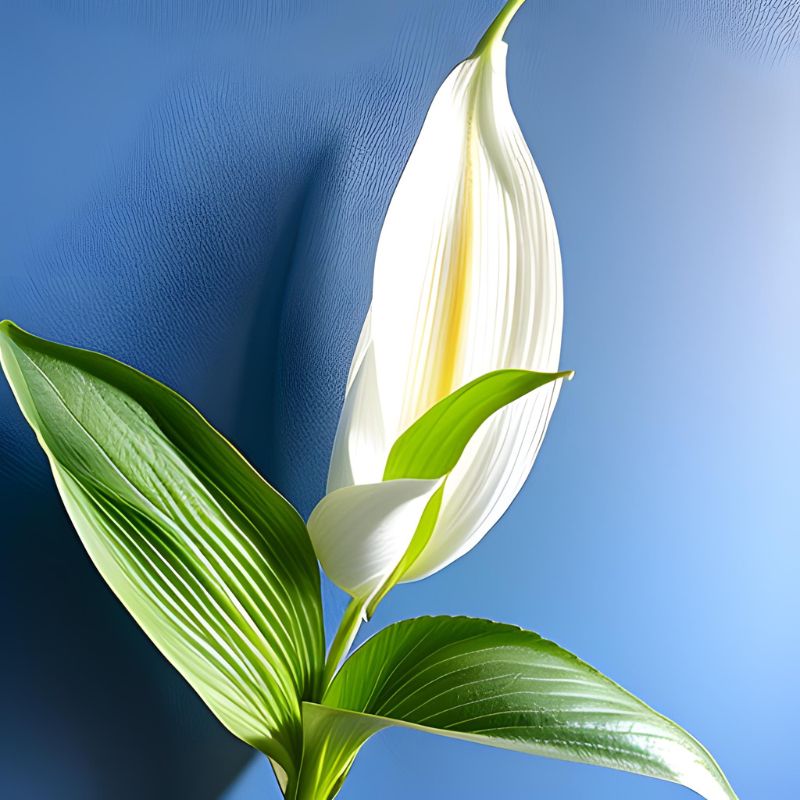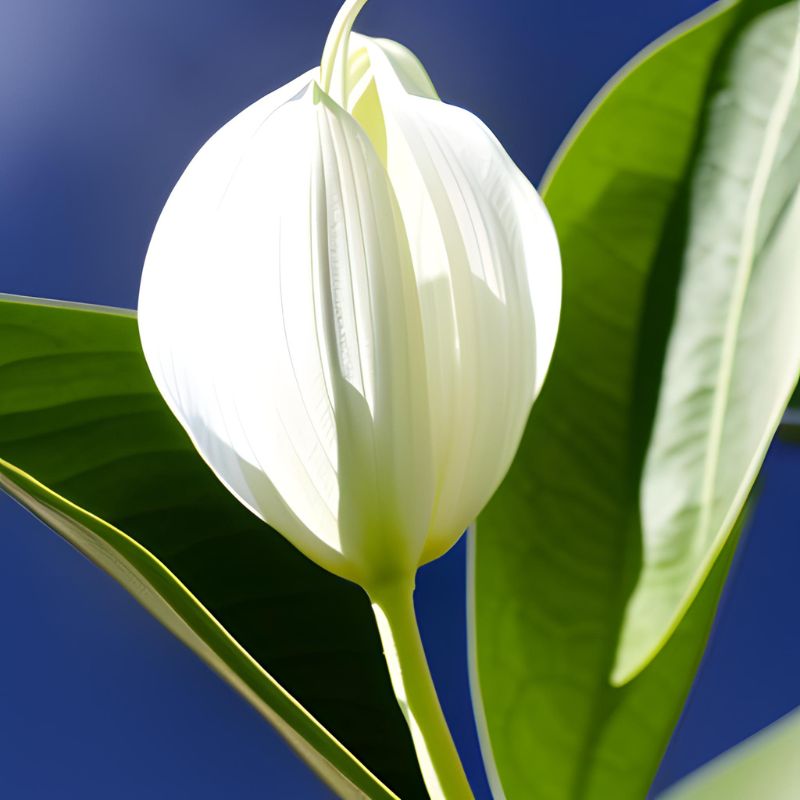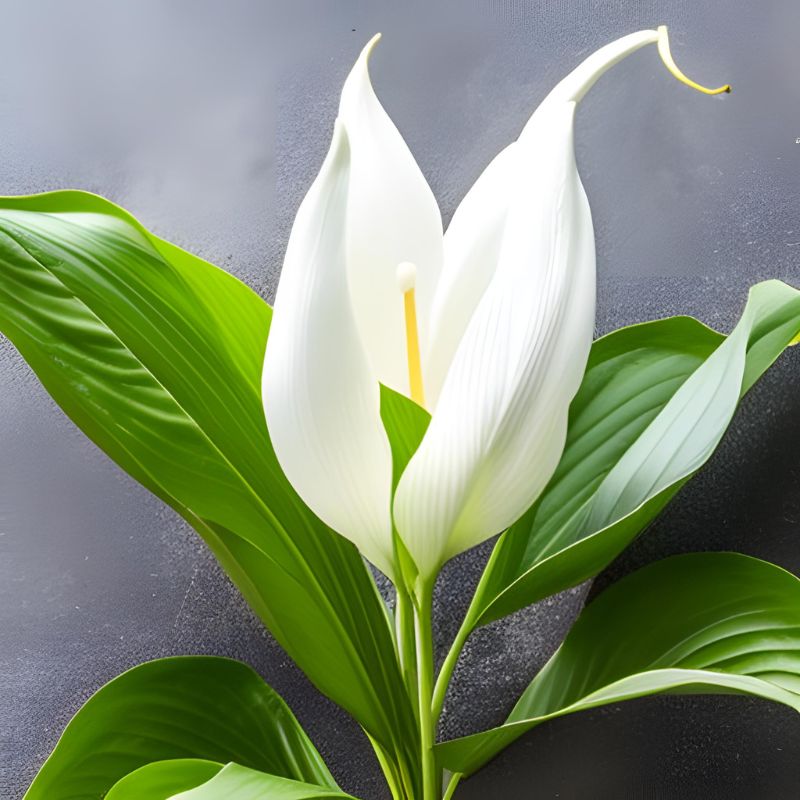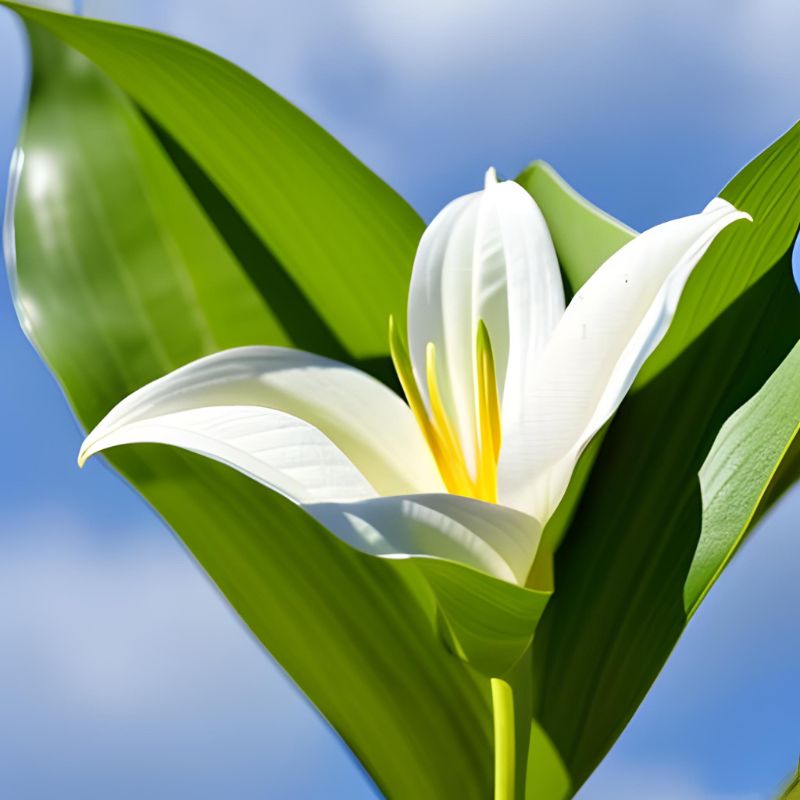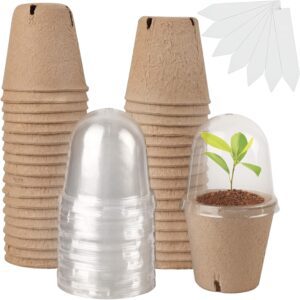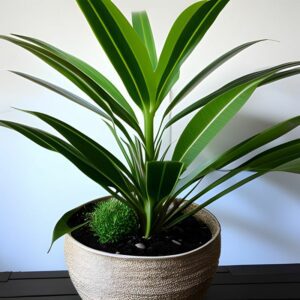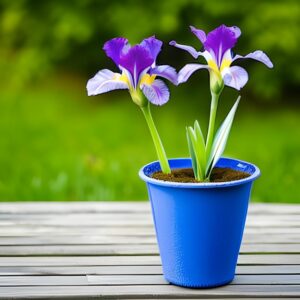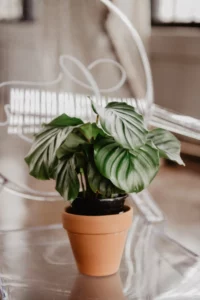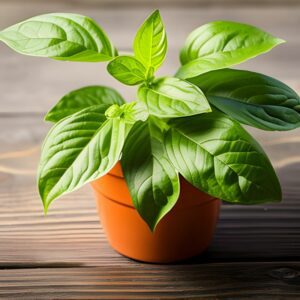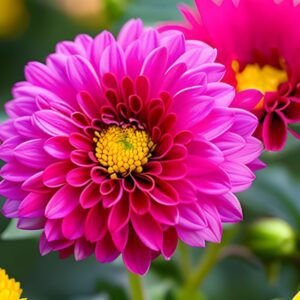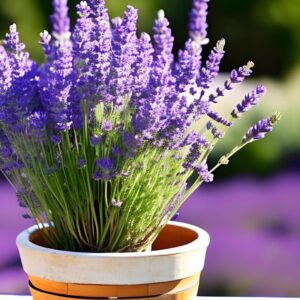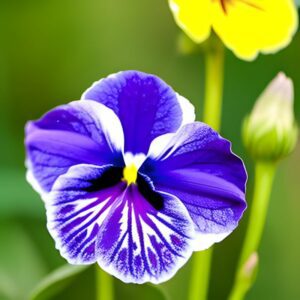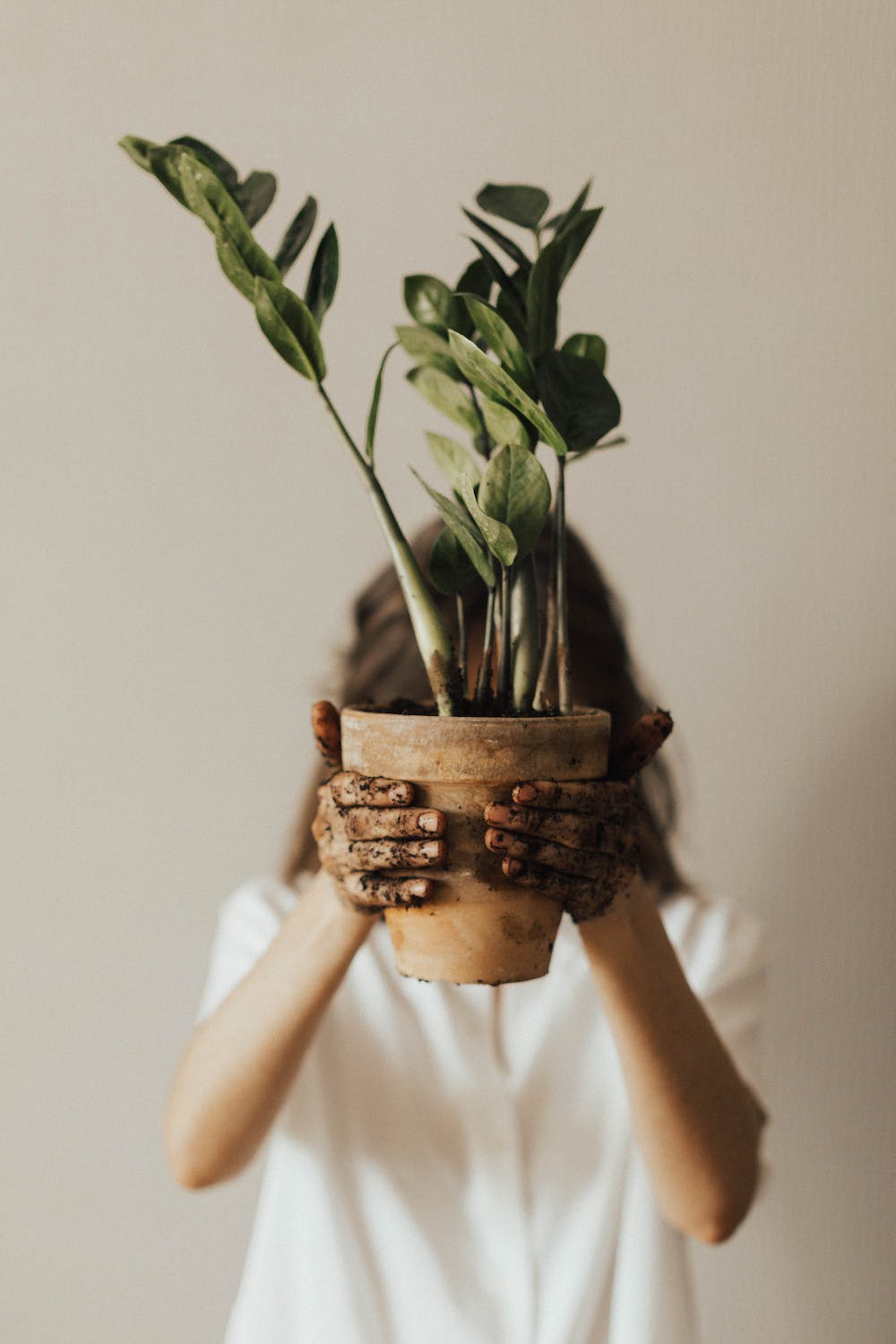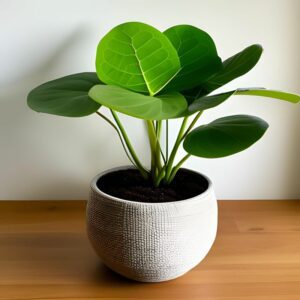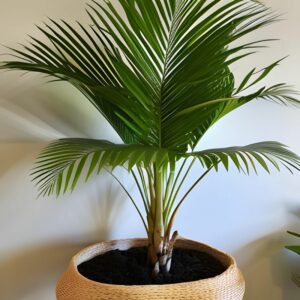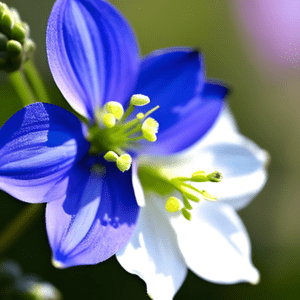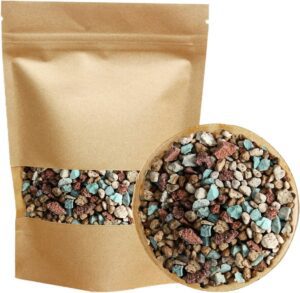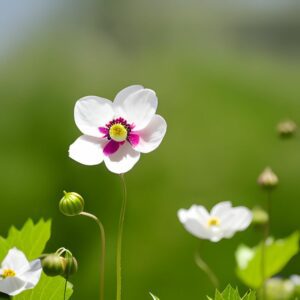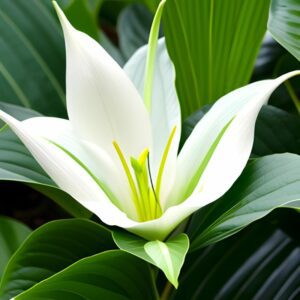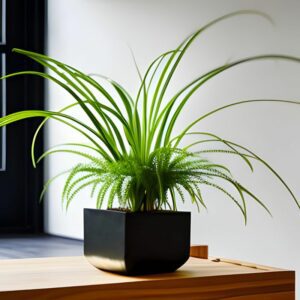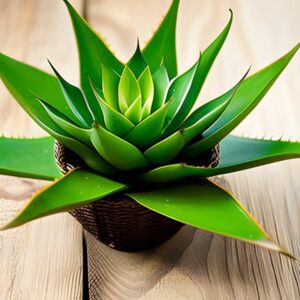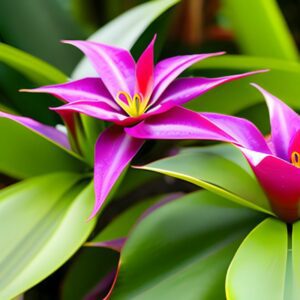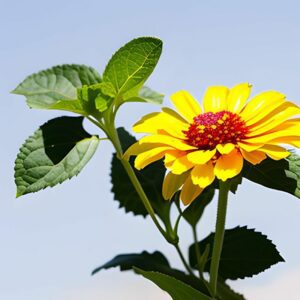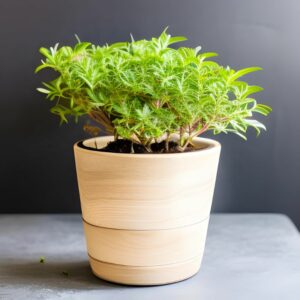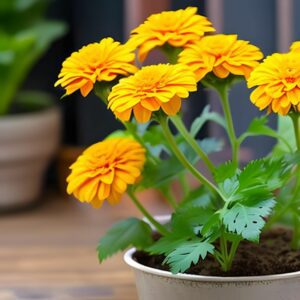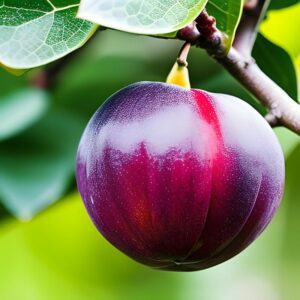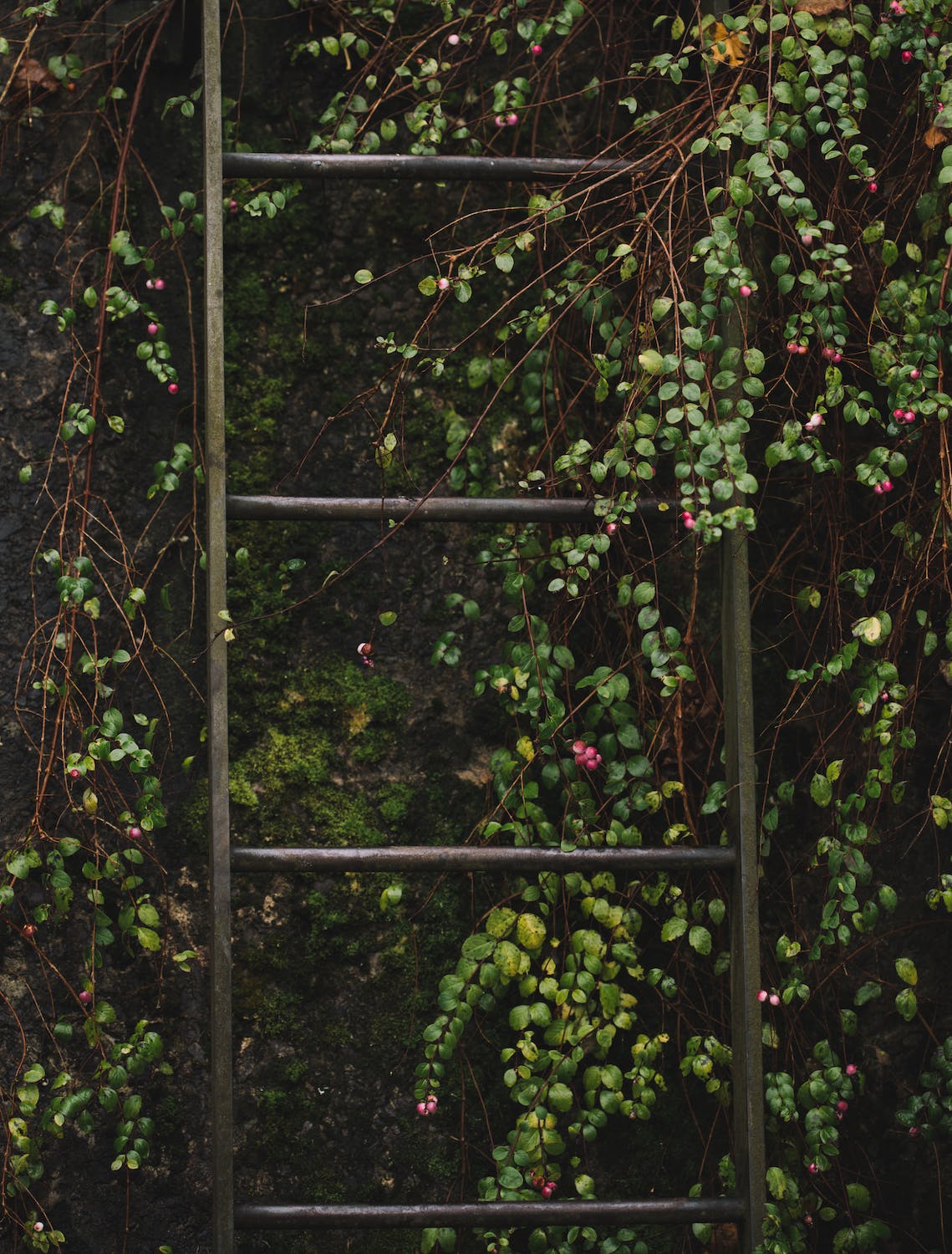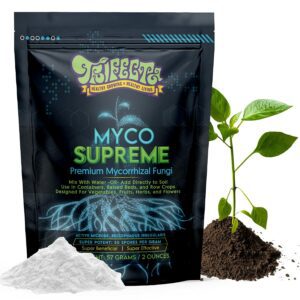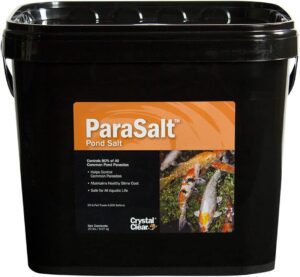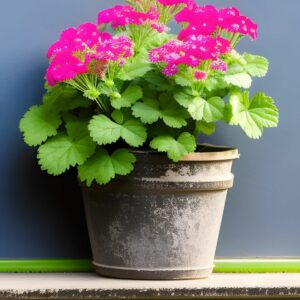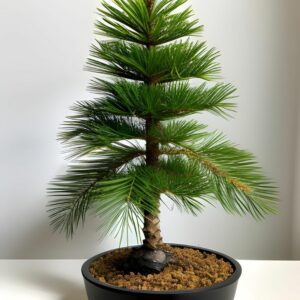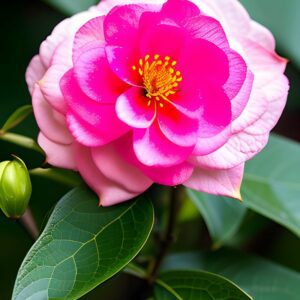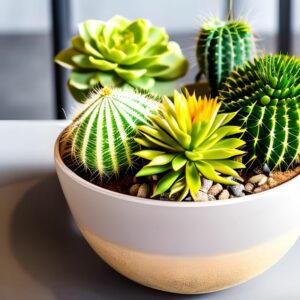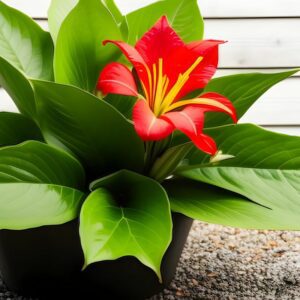Peace Lily
Flowers
- Tropical America
- Moderate
- 1 Year
Introduction
Peace Lily, scientifically known as Spathiphyllum, is a popular houseplant cherished for its graceful appearance and air-purifying qualities. Native to tropical regions, these plants feature dark green, glossy leaves and elegant white flowers that resemble a peaceful, white flag, giving rise to their name.
Plant Characteristics
Peace Lilies are compact, clump-forming plants with lance-shaped leaves. They can grow up to 3 feet (90 cm) in height. The most striking feature is the inflorescence, which consists of a white, spoon-shaped spathe surrounding a yellow or cream-colored spadix. The flowers bloom periodically throughout the year.
Ideal Growing Conditions
Peace Lilies thrive in bright, indirect light, but they can tolerate lower light conditions. They prefer moderate temperatures between 65-85°F (18-29°C). These plants appreciate high humidity levels, making them suitable for bathrooms or with regular misting. Well-draining potting soil and regular watering are essential.
Planting Guide
Choose a pot with drainage holes that is slightly larger than the root ball. Use well-draining potting soil suitable for houseplants. Place the plant in the pot, ensuring it sits at the same depth as it was in its nursery container. Backfill with soil and gently press it around the roots. Water thoroughly after planting.
Watering and Fertilizing
Water Peace Lilies when the top inch (2.5 cm) of soil feels dry, ensuring thorough watering until water drains from the bottom of the pot. These plants prefer evenly moist but not waterlogged soil. Fertilize monthly during the growing season with a balanced, water-soluble fertilizer specifically formulated for houseplants.
Pruning and Maintenance
Remove yellow or brown leaves regularly to maintain the plant’s appearance. Peace Lilies benefit from occasional pruning to control their size and remove spent flowers. Wipe the leaves with a damp cloth to keep them clean and free from dust, allowing the plant to effectively perform its air-purifying function.
Harvesting or Flowering
Peace Lilies can bloom sporadically throughout the year, although the main flowering period is usually in spring or early summer. Enjoy the beauty of the white spathe and spadix, which can last for several weeks.
Post-Harvest Care
After the flowering period, trim the faded flowers close to the base of the plant. Continue regular care, including watering, fertilizing, and providing suitable light and humidity conditions. Peace Lilies are primarily grown for their foliage and air-purifying qualities, rather than harvesting or fruiting.
Troubleshooting
Peace Lilies are generally hardy, but they can encounter issues such as brown tips due to underwatering or yellow leaves from overwatering. Adjust the watering frequency accordingly to maintain proper soil moisture. These plants are also sensitive to cold drafts and direct sunlight, which can cause leaf damage.
Fun Facts
Peace Lilies are renowned for their ability to improve indoor air quality by removing pollutants such as formaldehyde, benzene, and carbon monoxide. They have also been associated with peace, tranquility, and harmony, making them a popular choice for home and office spaces.
